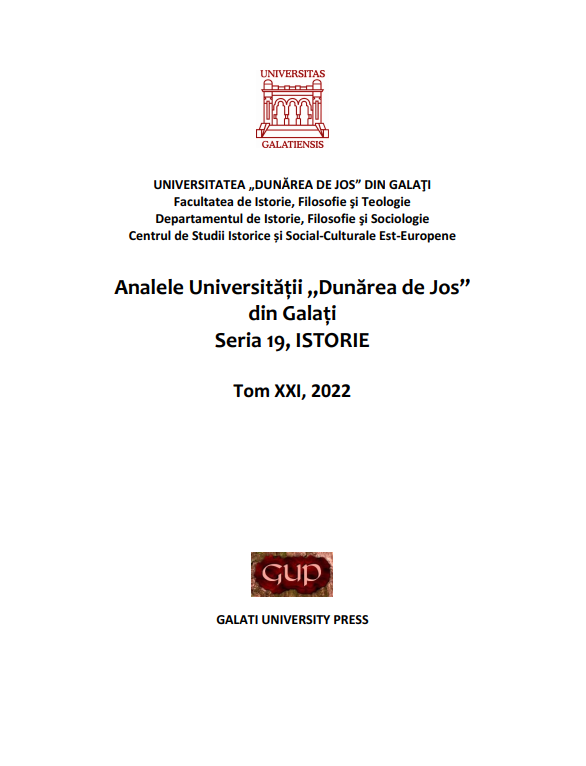Spații Carcerale Destinate Minorilor în Perioada Comunistă (LegislațIe șI Practici)
Prison Spaces Intended for Minors During the Communist Period (Legislation and Practices)
Author(s): Daniela IamandiSubject(s): Political history, Social history, History of Communism
Published by: Galaţi University Press
Keywords: communism; penitentiary; children; Romania; political prisoner;
Summary/Abstract: Between 1948 and 1968, an article in the Penal Code allowed the trial and sentencing of minors for political reasons in the regime intended for adults. Convicted teenagers were also used for work, in factories attached to some of the penitentiaries, as well as in forced labour camps and colonies until exhaustion. Between 1948 and 1952, Târgșor prison functioned as a "children's prison". Since 1952, the Romanian communist system has created a network of triage centres and re-education colonies for minors over 11 years old, who committed crimes, including those "who did not properly respect the regime of popular democracy". These spaces provided, in addition to work, the schooling of convicted students. In reality, schooling was non-existent, as were other rights, such as food, visits, packages.
Journal: Analele Universităţii Dunărea de Jos din Galaţi. Seria Istorie
- Issue Year: 2022
- Issue No: 21
- Page Range: 165-183
- Page Count: 19
- Language: Romanian

